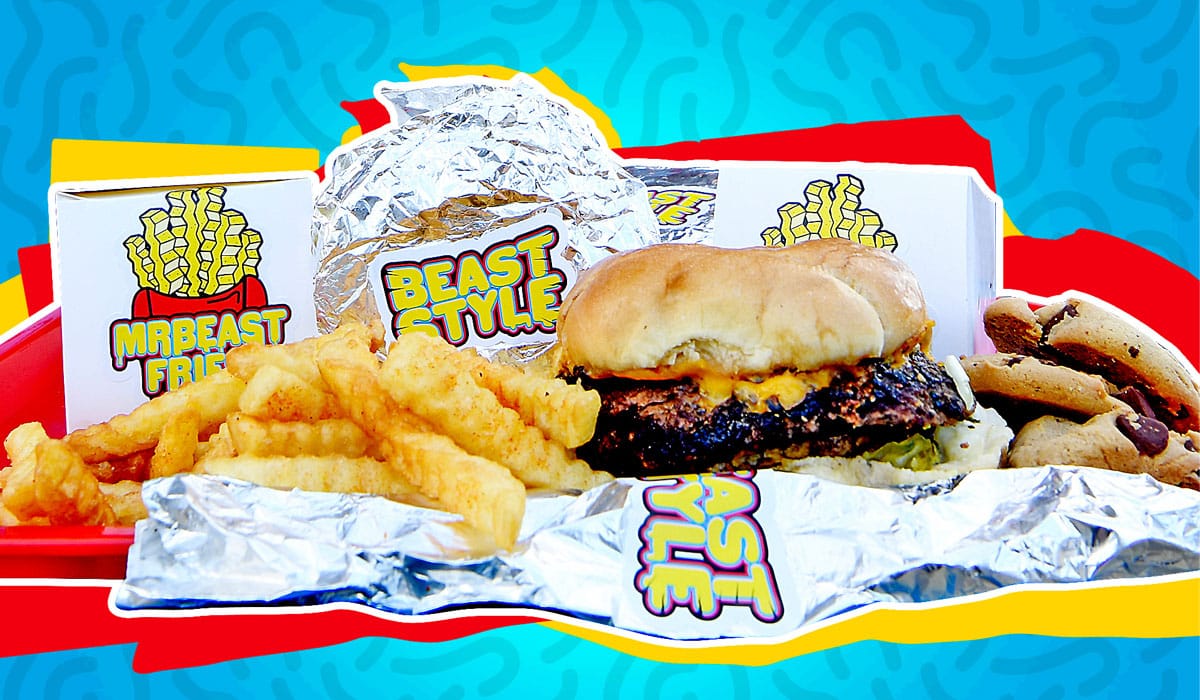Despite fears that the COVID-19 pandemic could cause indefinite interruptions to business operations and “use in commerce” for trademark purposes, which our colleagues previously discussed, government restrictions in response to the crisis have accelerated a phenomenon in the food industry: ghost kitchens.
With more people dining at home, entrepreneurial restaurateurs launched “ghost kitchens”—also known as “virtual kitchens” or “cloud kitchens”—out of their shuttered restaurants. Essentially, ghost kitchens have no physical storefront. Cooks prepare food for delivery or take-out, and no dine-in options are available to customers. Ghost kitchens typically leverage websites, social media, and various third-party apps to reach their customers and offer alternative means for restaurants to continue operations and generate much-needed revenue.
Across the country, restaurants and concepts large and small have launched ghost kitchens. Some tapped into existing brands and related goodwill, while others deployed under new names and logos. Some operated alone, while networks of “virtual chains” also emerged. For example, as explained in the New York Times, when a customer ordered from the MrBeast Burger in Midvale, Utah, the food was prepared at a Buca di Beppo location following a standardized MrBeast recipe.
Meanwhile, in New York City, a MrBeast Burger was prepared at one of the Handcraft Kitchen & Cocktails locations following the same recipe. New York City is also home to countless other ghost kitchens, including several with an affinity for “highbrow” branding: Pancake Snob, Breakfast Burrito Snob, Sushi Snob, Pad Thai Snob, Chicken Tikka Snob, and Snobby Chicken Wings.
Ghost kitchens embody the American ethos of creativity and grit and are a nimble response to the circumstances, and they can also shed light on trademark strategy.
Descriptive as a Defense
A common theme in ghost kitchen branding is the use of descriptive names. With limited screen space and time to engage with potential customers, a brand name that not only identifies the ghost kitchen but also highlights the available fare could be the difference between a sale and a customer’s continued scrolling.
Relative to trademark law, utilizing generic and descriptive trademarks offers flexibility and practical advantages in an industry with rather limited legal budgets. Generic trademarks are not protectable, and descriptive trademarks, to be protectable, must satisfy the burden of attaining “acquired distinctiveness” or “secondary meaning”—that is, being recognized by relevant consumers as an established trademark.
Further, use of a certain word or phrase in a descriptive sense could be immune from the exclusive rights of others under a particular fair use doctrine. Therefore, in the absence of established prior rights, employing generic or descriptive trademarks–as opposed to rights-ready “inherently distinctive” trademarks–means that ghost kitchens run a lower risk of disturbing third parties’ senior rights.
But there is a drawback to this strategy: by relying on names with limited protective capacity and thereby limiting the risk of conflict with senior trademark owners, ghost kitchens commit to a mutual competitive disadvantage. Should ghost kitchens desire to exclude others from using such trademarks in a confusingly similar manner, they will have to address the same hurdles to protection. Fortunately, ghost kitchens have other means by which they can protect their trademark rights.
More than a Name
With respect to trademarks, a name—or word mark—is only one of several options of protectable subject matter. For example, trademark rights can also attach to a logo—or design mark—separate and distinct from any associated work mark. As such, a ghost kitchen’s logo can be separately protectable, and whereas word marks must overcome the issues of genericness and descriptiveness, the legal concepts struggle with awkward application to design marks. What is more, it is less likely that two competitors would accidentally arrive at the same or confusingly similar logo—something that is arguably more likely with word marks, because there may be a limited set of words or phrases suitable to achieve a particular branding objective.
So, for a ghost kitchen, a logo or design mark could serve as a more strategic vehicle for trademark rights and, absent shameless copying, run a lower risk of being unintentionally too similar to a competitor’s logo or design mark. Further, given that well-known restaurants and franchises are readily recognized by their logos as they are by their names, ghost kitchens could draw on their logos to exclude others from an increasingly crowded field.
Staying Ahead of the Competition Online
As we have previously discussed, with more of our lives having moved online, traditional legal principles have also followed. In the context of intellectual property, online platforms have crafted a range of policies and procedures to police bad actors and protect their end-user customers. That said, assessing the merits of intellectual property-related claims is complicated, and online platforms are typically not in the business of adjudicating such issues between third parties. In fact, such platforms often appear to rely on government-issued registrations to short-circuit certain portions of such analyses.
As relative newcomers to the online space, ghost kitchens and restaurants operating online must consider how they will approach competition that now transcends physical separation and related limitations traditionally applicable to the restaurant industry. And although trademark rights can arise naturally through use, registering a trademark could afford certain benefits to ghost kitchens—including an apparent edge in cyberspace when asserting trademark rights against troublesome competitors. The practical benefits of registering available trademark rights may be too big for ghost kitchens to disregard.
Therefore, as more and more ghost kitchens enter the space—including those that operate in conjunction with restaurants reemerging from the pandemic—their operators would be wise to consider to what extent they can register their word marks (either on the Principal Register or the Supplemental Register) and design marks to effectively compete online.
Liam Reilly is an attorney in Husch Blackwell Kansas City office and is a member of the firm’s Intellectual Property team.
Husch Blackwell summer associate Lizzy McEntire contributed to this post.













